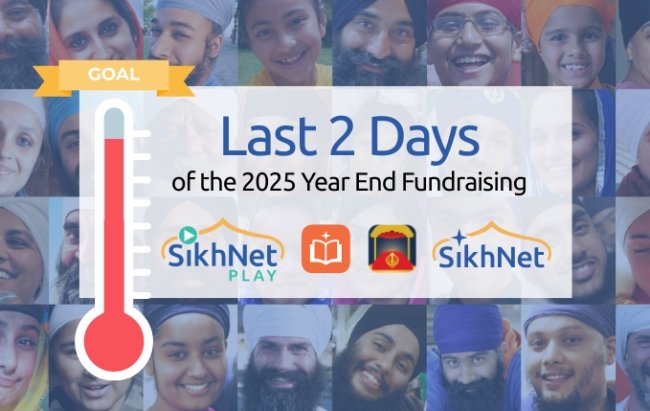Vaisakhi is celebrated by Sikhs across the world. It was established by the tenth Sikh guru, Guru Gobind Singh Ji to commemorate the birth of Khalsa. The day coincides with the Spring harvest, which is celebrated throughout Punjab and other parts of North India, including Bengal, with songs, dances, and other festive traditions. The representation of this day by the Sikh or Panjabi community has been contentious at times, especially when religious and cultural boundaries on what is appropriate have become blurred.
Fight for a fair representation of Vaisakhi
Two specific examples come to mind in relation to the fight for a fair representation of Vaisakhi. The first is a cultural expression of Vaisakhi at Punjabi Meleh (plural of Mela), which takes place immediately after the end of the Nagar Kirtan, a public procession performed in Sikh tradition to celebrate Vaisakhi. For example, Shamsher Singh from NSYF confronted this issue in April 2019 by challenging the organisers of the Southall Mela (shown here) at the main stage to ban music that promoted misogynist and castest lyrics, which is a violation of Khalsa principles.
The second example relates to an orientalist misinterpreted worldview of Vaisakhi, where it is frequently infamously misidentified as "The Sikh New Year," which SikhPA have rightfully debunked in the past. They fought British tabloids like The Times and the BBC over incorrect captions and titles in their articles and even filed successful complaints with the Independent Press Standards Organisation. They have launched a campaign and created resources (available here) to reinforce those arguments and dispel such myths in the future.
It clearly highlights the community's effort and struggles to authentically represent the Vaisakhi festival in a way that ultimately seeks to convey the principles and meaning of the Khalsa and Sikh philosophy.
Khalsa belief system celebrates radical anti-caste teachings
One could argue that we parade the Panj-Pyaareh at Nagar Kirtan as a symbolic gesture, but to what extent does that grand gesture truly address some of the stark and rigid social inequities that sinisterly continue to govern our way of life both in the diaspora and in the homeland? The caste system is undeniably prevalent in our community for a variety of reasons, but given that the birth of the Khalsa is a testament and frequently a reference to our anti-caste philosophy.
Similar to Gatka, there may be public discussions that question the prevalence of caste in the Sangat or speeches that explicitly criticise caste. In addition to this, there can be public displays of anti-caste resolutions passed by leaders annually that bring reforms for the Sangat or Gurdwaras to commit to that year, such as the renaming of caste-based Gurdwaras or open endorsements of allowing inter-caste weddings, to mention but a few.
These acts are just a few examples of how to publicly celebrate and affirm a proud anti-caste Khalsa identity, which is rooted in the Khalsa way of life. These demonstrations can help to address such a serious issue in the community, but there is a little outward celebration. The insistence on celebrating our anti-caste Khalsa way of life stems from a culture of silence and dismissal, which only fosters the growth of a casteist society due to the Sangat's lack of access to critical discourse.
As previously argued, a suitable beginning point could be to celebrate our anti-caste teachings in order to rediscover and revitalise this Khalsa ideal destined to consign caste to the dustbin of history. Instead, we risk confining our views to the "Sikhs don't believe in caste, so it doesn't exist” or "I don't see caste" which is an exceedingly unfair and unjust portrayal of Vaisakhi. In truth, Vaisakhi is an initiative towards establishing anti-caste belief systems and ways of life in society.
*Based on an article by Sukhraj Singh, published in Baaz on 14th April 2021

